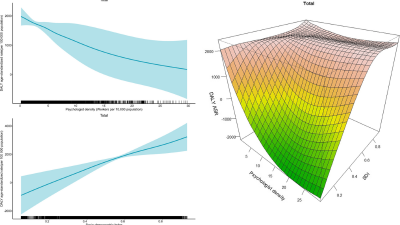Have you ever felt lost in a large online community? That sense of being just another username in a sea of avatars is all too common. This disconnection is the very problem micro-communities solve so effectively.
The Paradox of Growth
As communities grow, meaningful connections often diminish. It’s a painful irony—success in attracting members can weaken the very bonds that made the community attractive in the first place.
Traditional approaches to community building typically prioritize overall growth metrics. More members equals success, or so the thinking goes. Yet this overlooks a fundamental human need: we crave belonging in intimate circles where we’re truly known.
At BuildBonding.com, we’ve observed this pattern repeatedly. The communities that thrive long-term aren’t necessarily the largest—they’re the ones that have mastered the art of feeling small even as they grow.
What Are Micro-Communities?
Micro-communities are intentionally designed smaller groups within a larger community structure. Think of them as neighborhoods within a city—each with its own character, inside jokes, and familiar faces.
These sub-groups typically range from 5-150 members, aligning with Dunbar’s number—the cognitive limit to stable social relationships humans can maintain. Beyond this threshold, our capacity to track relationships and develop trust naturally diminishes.
The Architecture of Intimacy
Successful micro-communities aren’t created by accident. They require thoughtful structure and intentional design:
Identity anchors give each micro-community its unique character. This might be a shared interest, goal, geographic location, or experience level.
Permeable boundaries allow members to primarily belong to one micro-community while visiting others. This balance prevents isolation while maintaining the core benefit of intimate connection.
Dedicated spaces—whether virtual channels or physical meeting locations—give each micro-community a “home” where members can reliably find their people.
Real-World Success Stories
The concept isn’t merely theoretical. Companies like Airbnb have created host clubs in major cities, allowing property owners to exchange local insights while building personal connections.
Fitness communities like Peloton have mastered this approach by forming age-based or interest-based sub-groups where members encourage each other toward their goals.
Even professional networks like LinkedIn Group demonstrate how career-focused communities can break down into industry-specific or role-based micro-communities where deeper networking occurs.
Scaling Without Sacrificing Connection
The brilliance of micro-communities lies in their fractal nature. As your main community grows, you simply create more sub-groups rather than expanding existing ones beyond their natural capacity.
This approach creates an elegant solution to scaling problems. Your community can reach thousands or even millions of members while ensuring each person still experiences the intimacy of a small group.
The Leadership Challenge
Facilitating successful micro-communities requires a shift in leadership approach. Rather than managing one large entity, community builders must become architects and gardeners of multiple interconnected spaces.
This means developing sub-group leaders, creating clear pathways for new members to find their “home” within the larger organization, and establishing rituals that connect the sub-groups while preserving their individual identities.
Getting Started With Micro-Communities
Ready to implement this approach in your own community? Begin by identifying natural affinity groups that already exist. Look for clusters of members who interact frequently or share specific characteristics.
Create simple structures that formalize these connections without overcomplicating them. Often, a dedicated communication channel and light facilitation are all that’s needed initially.
Empower volunteer leaders who naturally draw others together. The most effective micro-community facilitators aren’t necessarily formal leaders but those with natural talent for making others feel welcome.
Measuring What Matters
When evaluating micro-community success, traditional metrics only tell part of the story. Beyond tracking overall growth, measure depth indicators like:
Conversation frequency within each sub-group Member retention rates Cross-participation between micro-communities Qualitative feedback about belonging and connection
These indicators paint a more complete picture of community health than raw membership numbers alone.
The Future of Connection
As our digital lives grow increasingly complex, the human need for belonging becomes more crucial. Micro-communities offer a pathway to reconcile scale with intimacy—allowing us to build vast networks without sacrificing the deep connections that make community worthwhile.
By embracing this architectural approach to community building, we can create spaces that grow without losing their soul—preserving the magic of intimate connection while extending it to more people than ever before.





